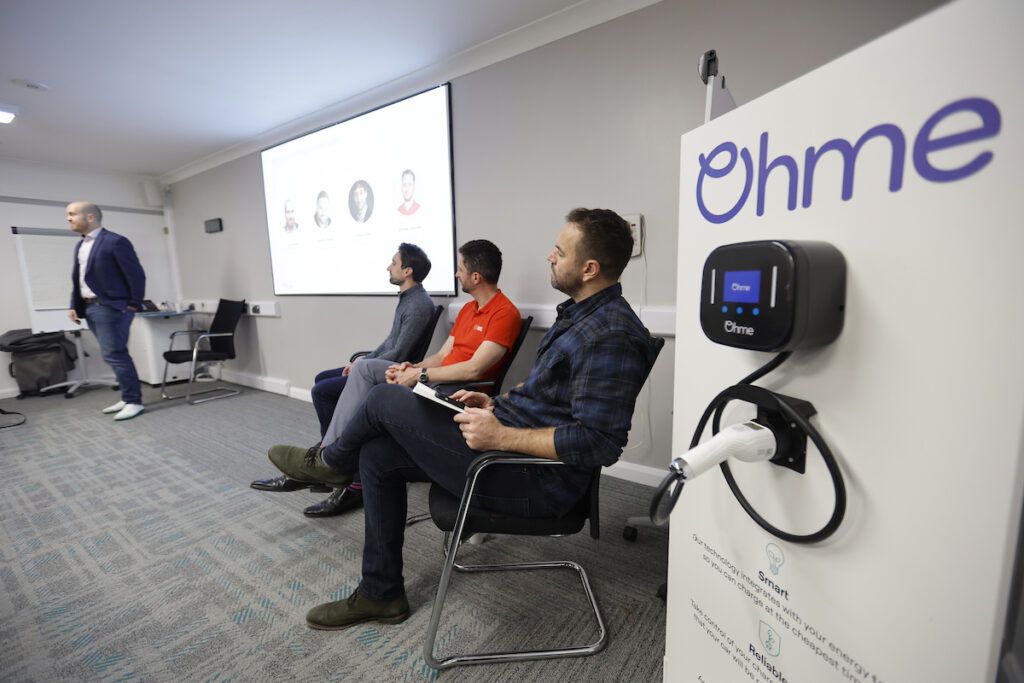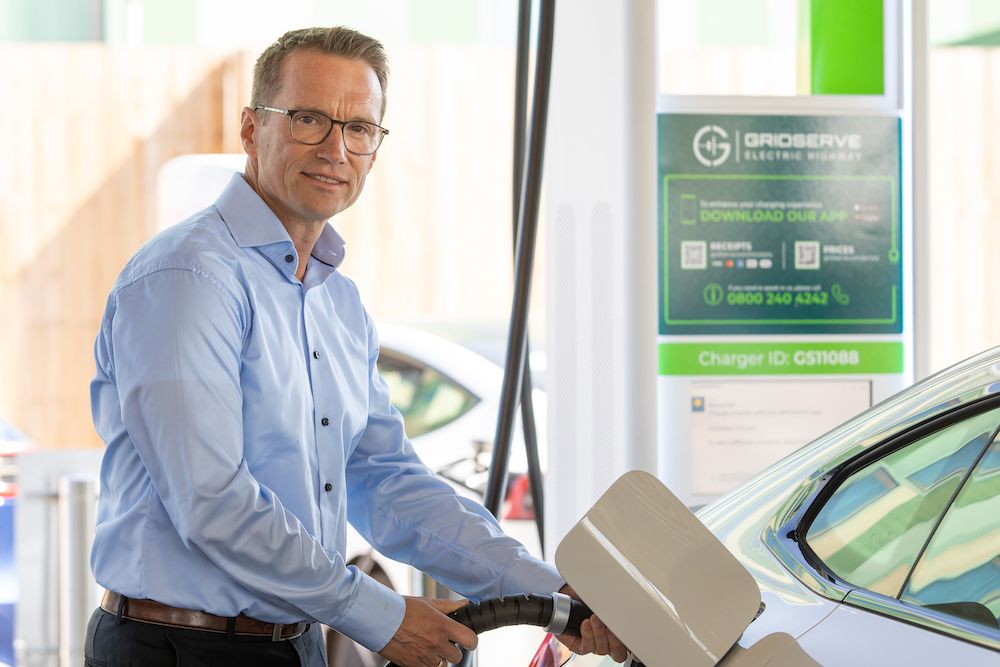Transport + Energy speaks to Drax Electric Vehicles’ Lyndsey Hetherington about the company and its plans for the future.
1. Could you please tell us about your company and 2025 plans?
We act as an end-to-end EV charging partner for organisations tackling fleet electrification. As charging infrastructure experts, we’re focused on making sure businesses can serve their EV fleets in order to deliver for their customers.
We take the time to assess organisations’ existing fleet requirements and understand their business strategies. This enables us to determine suitable hardware, locations and implementation schedules – and to implement solutions in a way that minimises disruption and optimises control.
We’ve built our plans for 2025 on our significant recent expansion. We’re now able to offer a dedicated service and maintenance solution and a nationwide installation and aftercare reach. We’re excited about delivering excellence for existing customers (like Kier, Arnold Clark and Travis Perkins) – and bidding for new turnkey electrification contracts.
2. Could you provide some examples of collaboration/partnership work?
We support many of our customers through the entire electrification journey, from understanding requirements and carrying out suitability assessments through to aftercare and optimisation. However, due to the scale of our operations and range of expertise, we’re also able to add value.
Since we’ve acquired BMM Energy Solutions and defined our service and maintenance provision, we’ve introduced ‘preventative’ maintenance (as well as ‘reactive’). Scheduling preventative maintenance visits with customers like Kier means we can comprehensively assess the working order of chargers and run RCD tests, reducing the likelihood of faults occurring.
For Britain’s biggest car dealership, Arnold Clark, we proactively take rejected planning applications for charging infrastructure and adapt proposals accordingly. This improves the flow of future installation work and expands the geography of our customer’s charging network.
Finally, we’re the UK implementation partner for Australia-based EV charging company, Jolt. As well as hitting ambitious installation targets, we also offer warehousing and assembly services at our premises. This improves implementation efficiencies and simplifies Jolt’s contracting requirements.
3. How do you see the fleet space changing in the next five years?
Although the shift in focus from electrification of fleet/executive cars to electrification of vans/LCVs has started, it’ll need to pick up pace over the coming years. We’d expect to see the Governmental take action to support the transition through offering new grants and incentives.
In terms of eHGVs, recent trials have helped prove the viability of swapping out certain HGVs for electric alternatives. The continuation of these trials – and development of new ones – is vital to aid organisations in building business cases and evidencing eHGVs’ suitability in additional scenarios.
We also expect to see a number of developments in terms of how organisations collaborate – both internally and with each other:
- Clearer communications with fleet drivers (particularly relevant to charging-cost reimbursement) will be vital when rolling out home-charging solutions
- More open collaboration within organisations – fleet managers working more closely with sustainability and procurement functions, for example
- More collaboration between organisations – enabling fleets to potentially share charging infrastructure, data and charging best-practice strategies
We expect the profiles of energy and data – as key electrification factors – to raise even higher. Thorough assessments of existing fleet activity, site electrical capacities, available hardware and fleet-efficiency optimisation will need to drive effective decision-making.
4. What are the biggest challenges for fleet operators in the UK – and how can these issues be overcome?
The biggest barriers UK fleet operators face are cost, complexity and capacity.
There are a number of effective ways to manage initial cost challenges, including (but not limited to):
- Leveraging government subsidies (some of which are due to expire next year)
- Phasing electrification based on the results of a thorough electrification suitability assessment
- Investing cost-effectively in charging infrastructure – again based on the results of upfront assessment
- Arranging a funding plan to help spread the cost of implementation across financial years
Organisations should also plan for (and reference, when building their electrification business case) potential ongoing cost savings. These may include economies in electrical capacity upgrades and reduced service and maintenance costs (and downtime) for EVs compared to petrol or diesel vehicles. Fleet managers should also explore the scope for their infrastructure investment generating revenue in the future.
The best way to overcome complexity (and also to manage some of the cost-saving strategies above) is to engage an expert electrification partner. Trying to go it alone can result in expensive mistakes – and using different specialists for each stage of an electrification journey can add complexity and cost.
An effective, end-to-end electrification partnership will join the dots across:
- Designing assessments and analysing results
- Planning the transition based on clear data and an understanding of organisational means
- Implementing infrastructure in a way that minimises disruption
- Optimising control of the investment
- Providing effective ongoing service and maintenance
Many organisations will face electrical capacity restrictions when planning their charging investment. It’s best to know what you’re working with upfront, so facilities managers should arrange expert electrical site surveys and carry out feasibility studies based on different infrastructure plans. Again, a reputable electrification partner will be able to arrange these. They should also be able to manage electrical upgrade communications with the Distribution Network Operator (DNO).
5. What, specifically relation to the area of fleet electrification, would you like to see from the UK Government and local government in terms of policy within the next five years?
We’d like to see additional funding support for the implementation of fleet charging infrastructure. There’s been substantial support to date for on-street and public charging via subsidies like the Local EV Infrastructure Fund.
It’s now time for the Government to change its focus to organisations’ fleets in its efforts to decarbonise.
This could start with the implementation of charging facilities for emergency ‘blue light’ fleets – before extending to public transport and council-operated services. Eventually, though, it needs to reach commercial fleets, too, as they’re responsible for approximately 40% of all existing road transport emissions.
It’d also be a huge step – both in terms of supporting existing EV fleets and in incentivising other, smaller, organisations to electrify – to regulate prices on public charging networks.
While the UK’s Public Charge Point Regulations help ensure price transparency and ease of use, we need to see further regulations to prevent CPOs from setting prohibitive tariffs.








